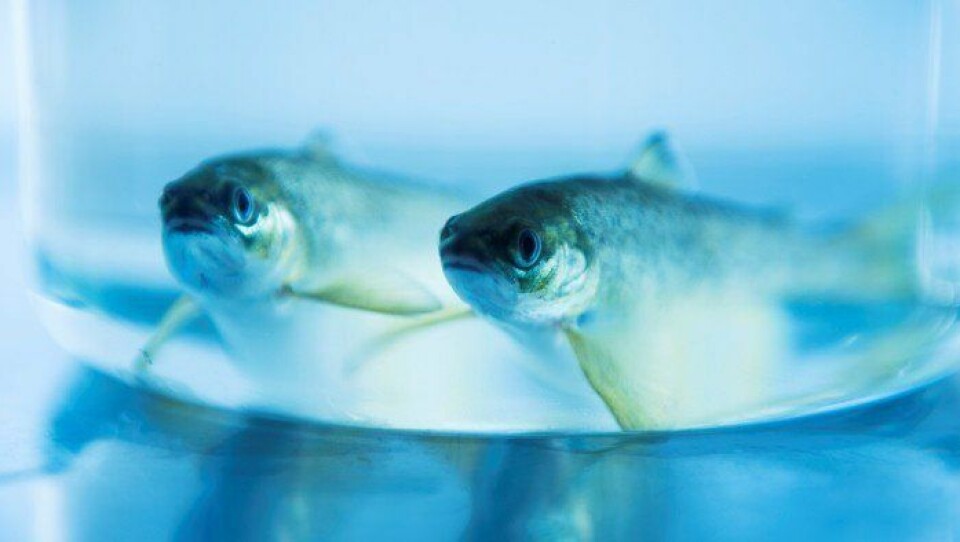
Cermaq finds the ‘perfect speed’ for smolts
Researchers at global salmon farmer Cermaq have identified what they believe is the optimal current speed to keep salmon smolts strong and healthy in freshwater tanks.
The company says this is not only good for fish health and welfare, also improves the water quality.
In a post on its website, Cermaq points out that the speed of the water flow determines the amount of exercise fish get or the speed of swimming. The young fish swim against the stream to stay at the same spot, just as they would have done in the river.
Farming performance
“The fitness of the smolt is central for good health, welfare and growth in the sea phase. By ensuring optimal speed of the water flow in all our freshwater tanks across Cermaq, we will improve the exercise as well as the water quality for the young fish, and hence the basis for farming performance in the ocean,” says Cermaq’s innovation manager Dr Bendik Fyhn Terjesen.
The speed is measured not in km/h but in fish lengths/second. The optimal speed changes through the life-stages as the fish grows. During smoltification, the phase when the fish is acquiring sea water tolerance, the optimal speed is around two fish lengths/second.
The smolts swim 24/7 in the tank, without rest. Still, this is improving health and performance for the fish. The fish must have some time to adapt to increased exercise, so it is important that the speed of water in the tank is brought slowly up to speed, and that the fish are not abruptly exposed to the exercise.
Bone strength
The water speed is not the same in all parts of the tank and Dr Harald Takle, R&D manager farming technology, has established applicable procedures to efficiently measure and improve the training regimes in Cermaq’s land and sea-based closed containment systems based on his previous research in Norwegian research institute Nofima.
“Stimulating fish exercise by adjusting the water current is essential to strengthen the cardiac capacity, stress tolerance, bone strength and immune capacity of our fish. The result is more resilient and healthy fish, which have stronger muscles with better texture and colour,” says Takle.
The feed conversion rate stays the same despite the constant swimming.























































